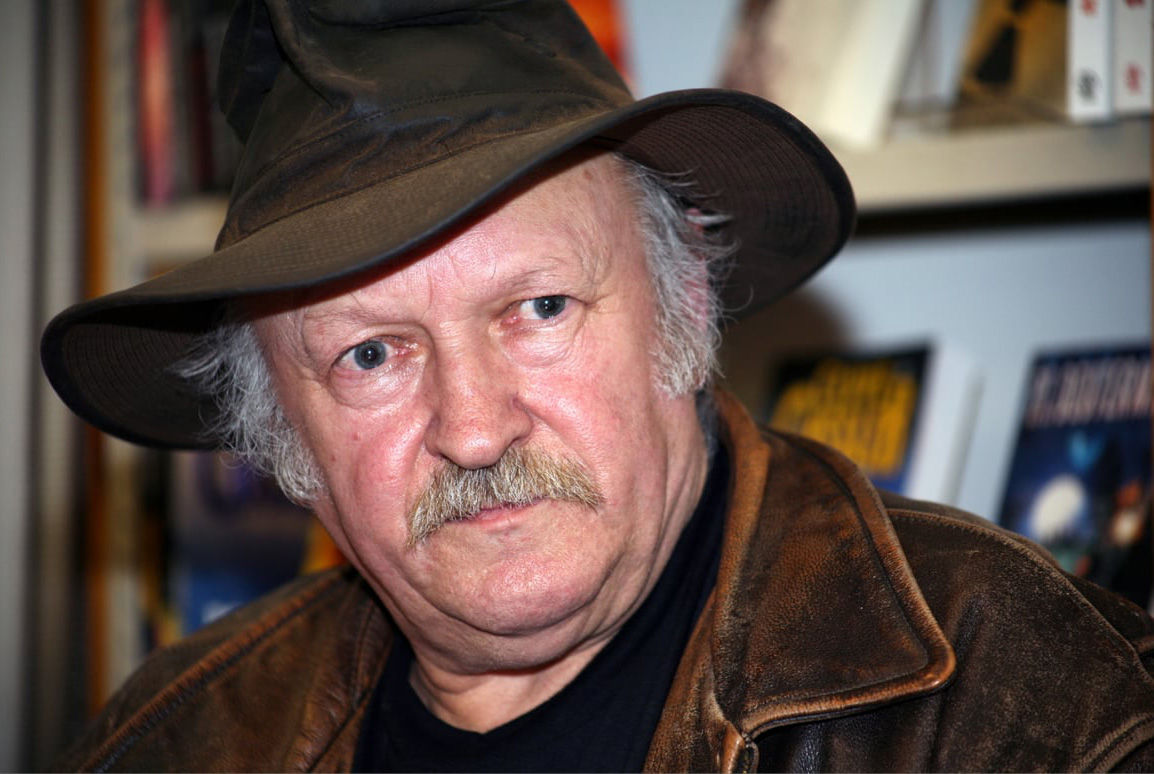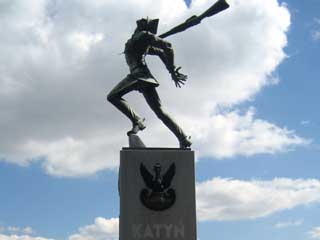|
Death of Henry Archacki
by Edward Pinkowski
For almost his whole life. Henry Archacki had never a problem of getting his name in print or digging up a Polish hero or heroine of the past to give them an everlasting presence.
All that came to an end, eight days short of his 91st birthday, when he died of a blood clot August 13th, 1998 in the Dumont Masonic Home at New Rochelle, New York. Several days before that, in Cabrini Hospital, New York City, for the third time in four months, he suffered dehydration and a stroke. Then he was moved to New Rochelle. He lived in New York City with his son.
His life defied simple description. It's hard to find a true reflection of his life through a looking glass. He liked to move things around, turn the mirror out of sight, and stamp everything as he saw fit.
Early in life, however, he was unable to do anything about it. He was born August 21, 1907, in Pieczyska, a village of seven huts roughly 50 miles north of Warsaw, Poland. His father, Jozef, left Poland the same year and settled in Chicago. His mother, Bronislawa, followed in 1908 with Henry, not quite a year old, and there the only child of the Archackis grew up to be an artist.
HISTORICAL WORK
He graduated from Carl Schurz High School in Chicago and, shortly afterward, was hired as a graphic artist by the Republic Engraving and Design Company. In November, 1930, the company sent him to run its studio in Brooklyn.
Pretty soon, during a New Year's party in a Polish hall, he met Janina Wycka, a 24-year-old legal secretary whom he described as a wychowanka of the Holy Cross PNCC in South Brooklyn, and six months later, in the worst of times, they were married.
In a few years, the company he worked for was forced out of business by hard times, and believing he would do better, Archacki rented a loft in New York, near Union Square, and formed a graphic design company to create everything from advertising to rubber stamps. To make ends meet, Archacki drew cartoons of Polish oddities patterned after Robert Ripley's "Believe it or Not!" a syndicated newspaper feature, and got a number of Polish papers to buy them. For this undertaking, which he called Czy Wiecie, Ze. . . and covered almost 3,000 items, with Polish text, he received a lot of attention over the years.
At the same time, he joined the Kosciuszko Lodge, Free Order of Masons, in the Bronx, and in 1934, six years after it was constituted, he became Master of the Polish lodge. The lodge was active in moving the graves of General Wlodzimierz Krzyzanowski, who distinguished himself in the Union Army during the War between the States, and his wife, Caroline, from Green Wood Cemetery in Brooklyn to Arlington National Cemetery in 1937.
He was also one of the founders of the Polish American Historical Association during the Second World War. As it changed presidents every year or two, PAHA never received as much attention in the Polish press as Archacki did with small committees, made up mostly of history buffs, and in most cases he rescued many historical figures from oblivion.
Among his brainchilds, the American Polish Civil War Centennial Committee, which he organized in 1961, paid tributes to countless Polish heroes and heroines, who served one side or the other in President Lincoln's war.
Another committee got Andrzej Pityński to design a wall shieid to hold lgnace Paderewski's heart, which was taken out of the famous pianist's body when he died in 1941 and secretly hidden until Archacki's brother-in-law accidentally came upon it in a crypt of a Brooklyn mausoleum, and hung the sculptor's work on the narthex (vestibule) wall of the National Shrine of Our Lady of Częstochowa in Doylestown, Bucks County, Pennsylvania, on June 29, 1986.
Its successor, the Paderewski Memorial Committee, was largely in the hands of Archacki and Col. Anthony Podbielski of Bayonne, N. J., when the rest of Paderewski's body was removed from the Maine Memorial Rotunda in the Arlington National Cemetery and taken to a crypt in St. John's Cathedral in Warsaw, Poland, on the 125th anniversary of Paderewski's birth.
Archacki's death will not end his historical work. Hundreds of his personal files exist at the University of Minnesota since 1980 and the Archacki Archives were opened Dec. 2, 1984, in the Polish American Museum at Port Washington, New York.
|








































